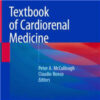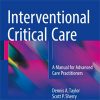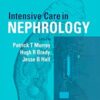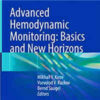Brain–lung Interactions and Mechanical Ventilation in Patients with Isolated Brain Injury
ccforum.biomedcentral.comDuring the last decade, experimental and clinical studies have demonstrated that isolated acute brain injury (ABI) may cause severe dysfunction of peripheral extracranial organs and systems. Of all potential target organs and systems, the lung appears to be the most vulnerable to damage after brain injury (BI).
The pathophysiology of these brain–lung interactions are complex and involve neurogenic pulmonary oedema, inflammation, neurodegeneration, neurotransmitters, immune suppression and dysfunction of the autonomic system.
The systemic effects of inflammatory mediators in patients with BI create a systemic inflammatory environment that makes extracranial organs vulnerable to secondary procedures that enhance inflammation, such as mechanical ventilation (MV), surgery and infections.
Indeed, previous studies have shown that in the presence of a systemic inflammatory environment, specific neurointensive care interventions—such as MV—may significantly contribute to the development of lung injury, regardless of the underlying mechanisms.
Although current knowledge supports protective ventilation in patients with BI, it must be born in mind that ABI-related lung injury has distinct mechanisms that involve complex interactions between the brain and lungs.

















